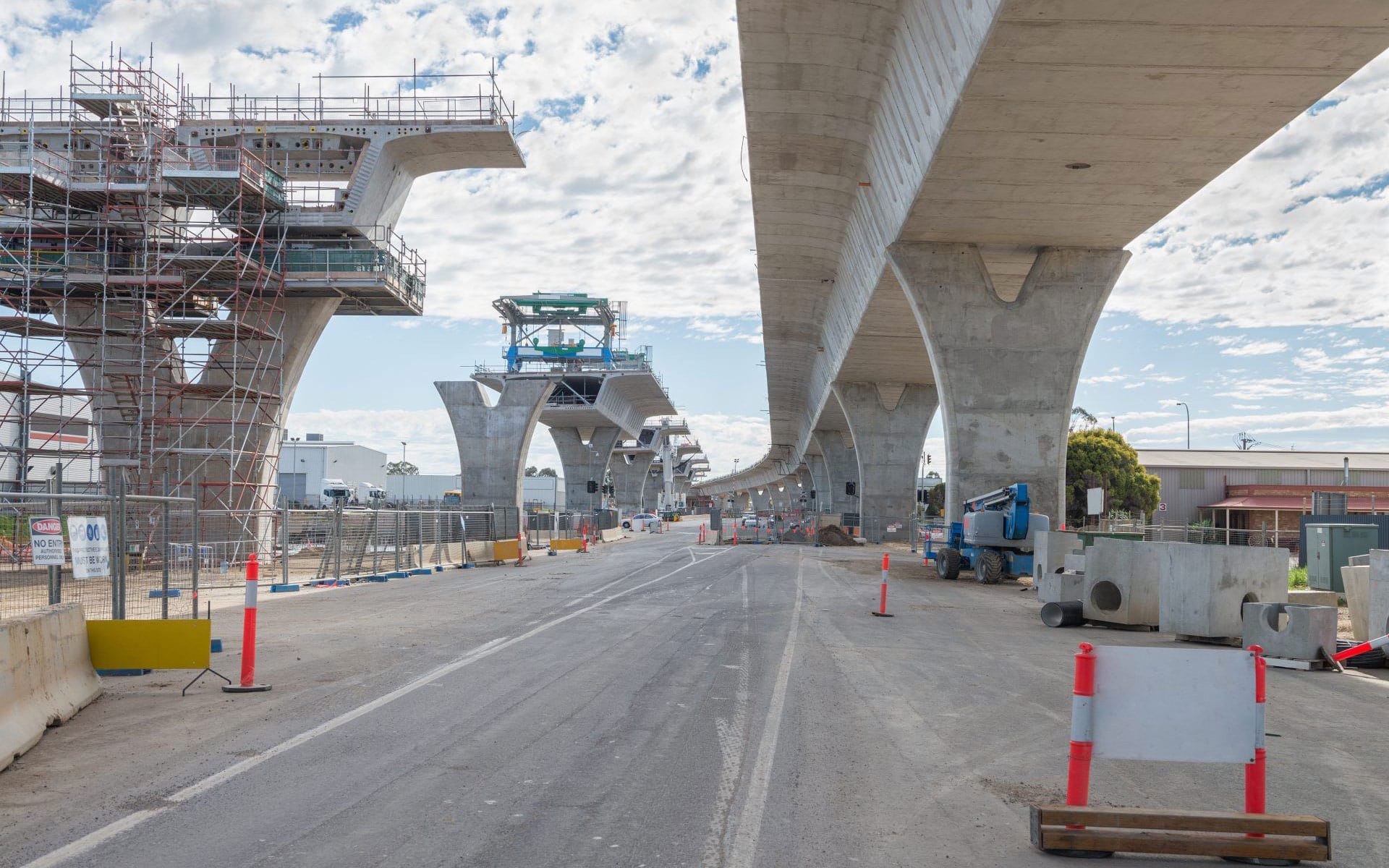U.S. manufacturing—particularly that which is focused on high-tech devices—has experienced growth in recent years, and some believe that this points to an industrial renaissance after years of downsizing and offshoring. A number of factors have contributed to this growth, including lower wages relative to other countries and energy costs that have incentivized companies to invest in production facilities closer to their clients.
The American Southeast has been one of the major beneficiaries of this growth—specifically Alabama, Florida, Georgia, Louisiana, Mississippi and Tennessee. According to the Southeast's Purchasing Managers Index (PMI) report released by the Kennesaw State University's Econometric Center, the region's index has increased by 5.5 points to 61.5. Nationally, this increase has been more muted, measuring 0.5 points and bringing the total to 53.7.
This is further good news following last month's report, which showed that the PMI was at its highest level since April 2012. Factories in this region experienced increases in both production and new orders.
Experts are still unsure if recent increases are due to temporary factors or a more permanent shift.
"It's not clear as to what degree this rise in new orders is due to a weather-related backlog of orders and therefore sustainable in the coming months," Don Sabbarese, director of the Econometric Center at Kennesaw State, said. "That said, it suggests that even if the PMI components slip in the near future, they should remain at a good level of growth."
Still, it is important to note that growth has consequences for the regional environment that policymakers and other stakeholders need to take into account.
How can manufacturers mitigate their environmental impact?
We all know what sort of impact an industrial facility can have on its local environment. Countless brownfields and Superfund sites exist in the United States to demonstrate this. Contaminants from chemical plants can leech into nearby soil and groundwater, while industrial facilities generate harmful emissions. Cleaning up the byproducts of years of manufacturing remains a long-term goal, and the last thing anyone wants to do is add to that burden further.
Given that we know much more about how manufacturing affects the environment today, is it possible to develop in a sustainable manner? Writing for Manufacturing.net, contributor Patrick Daugherty argues in favor of this idea. He claims that manufacturers are more aware of the problem and that shareholders can persuade them to create environmentally friendly strategies.
This is becoming more common, Daugherty writes. While only about 10 percent of shareholder proposals involved the environment or social policy in 2005, last year that amount doubled to 20 percent.
He admits that many of these proposals might be more expensive than what the company is willing to spend. However, there is recourse for businesses that want to reduce their footprint affordably. By partnering with environmental consultants, manufacturers can explore the possibility of pursuing shareholder proposals based on real-world constraints.


